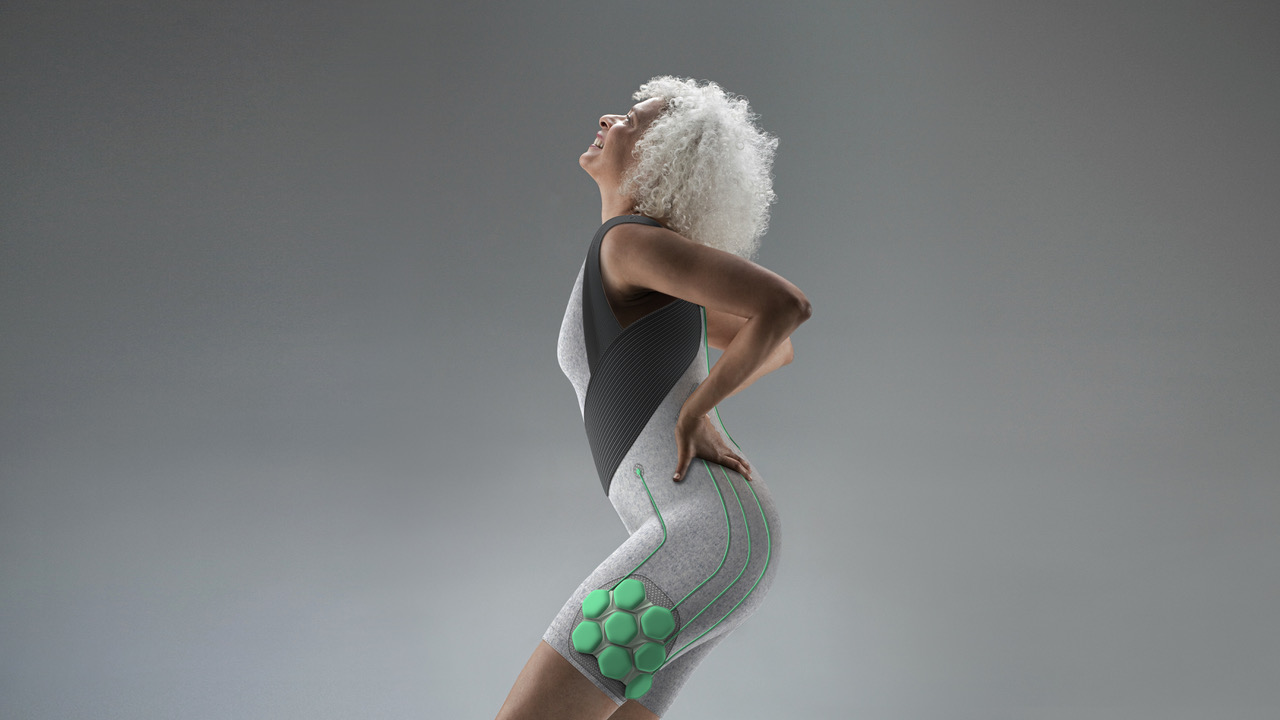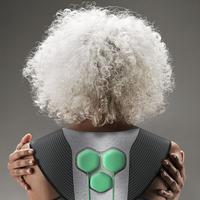About the Author
Jeremy Myerson holds the Helen Hamlyn Chair of Design at the Royal College of Art and is a Visiting Fellow, Oxford Institute of Population Ageing, University of Oxford
Despite the dramatic growth of ageing populations around the world, one could argue that industry and business has been slow to respond to the scale of commercial opportunity created by demographic change.
Not at the local level where a lot of cottage industries producing adaptive aids and appliances have flourished, but in the world of multinational corporate innovation where big investment can yield big returns and where truly global products and services for older people remain thin on the ground.
One of the arguments for keeping design and production local is that it ensures more focus and sensitivity to a particular culture or context for ageing. Specific individuals and communities can be served more effectively with customised solutions, avoiding the abstraction and dumbing down of design that might result from scaling up to address several international markets at once.
However there is a downside to a localised strategy in that it can never really lever economies of scale. Indeed this shows in the way the sector is currently characterised by small-run production and, in some cases, shoddy ‘special needs’ standards of design and manufacture.
Many in the field now regard the narrow horizons of supportive design for older people as a missed opportunity to raise standards by innovating at a wider scale. But how do we encourage the development of global product and services that have the widest applicability while respecting the many regional differences and varied contexts for ageing?
This question was lurking in the background last November when the UK Government announced the ageing society as one of four Grand Challenges in its new Industrial Strategy. The Treasury is clearly eyeing the global export potential of British innovations and technology and betting heavily on the Grand Challenge vehicle to deliver some game-changing designs.
It is no bad thing to start with a national platform and reach out. Paro the Seal, a robotic seal companion designed by Takanori Shibata in Japan in 2005, is today recognised as one of the world’s most therapeutic devices for supporting people with dementia. Five thousand Paros have been used in hospitals and care facilities in more than 30 countries. Paro can now rightly claim to be one of the very few genuinely global products for an ageing society, albeit a professional innovation used by care institutions rather than a consumer one.
But Paro’s international success owes pretty much everything to its unique local context: Japan’s growing reliance on technology – not migrants – to soothe and care for its elderly population, and its substantial investment in robotics for domestic use. Where are the innovations that are not country-specific?
For this we should start looking, unsurprisingly, at Silicon Valley. When I curated an exhibition last year for the Design Museum in London, entitled New Old, our opening exhibit was a special commission by the San Francisco-based industrial designer Yves Behar. He chose to work with Silicon Valley tech start-up Superflex to explore the potential of ‘powered clothing’ to enhance our physical ability, and to help us continue to live actively and independently as we age.
The resulting innovation, the Aura Powered Suit, is the first of a new breed: a global product for older people conceived as such right from the get-go, in much the same way as smartphones, tablets and other digital devices have been designed to appeal to everyone irrespective of where they live and who they are.

Aura is an intelligent under-garment with motors, sensors and artificial intelligence embedded into a responsive system to provide support for the user’s torso, hips and legs. The suit reacts to the body’s natural movement, adding muscle power to complement the user’s strength in getting up, sitting down or staying upright.
This modular and scalable system adapts to the muscular proportions and needs of different users from different cultures. It has attracted much attention precisely because it meets a universal need while not being tied to any specific place. Venture capital is now piling in to bring the Aura power suit to market once the technology has been refined.
We can expect more of this type of development in the future. Tensions between creating culturally sensitive solutions for local markets and leveraging global economies of scale won’t go away. But surely it won’t be long before the multinational players grasp the big numbers in ageing and truly get the innovation bit between their teeth.
The best that can come out of it will be genuinely innovative products and services that benefit from deep investment in new technology without losing sight of the fact that support for ageing is an intimate cultural function and requires testing with real people.
The Design Museum’s New Old exhibition is on show at the Kaohsiung museum of Fine Arts, Taiwan, from January to April 2018.
Comments Welcome
We welcome your comments on this or any of the Institute's blog posts. Please feel free to email comments to be posted on your behalf to administrator@ageing.ox.ac.uk or use the Disqus facility linked below.
Opinions of the blogger is their own and not endorsed by the Institute
Comments Welcome: We welcome your comments on this or any of the Institute's blog posts. Please feel free to email comments to be posted on your behalf to administrator@ageing.ox.ac.uk or use the Disqus facility linked below.













